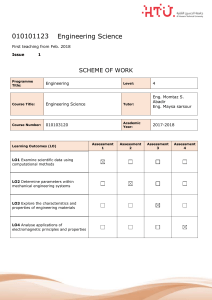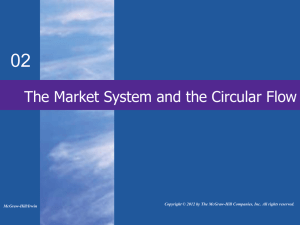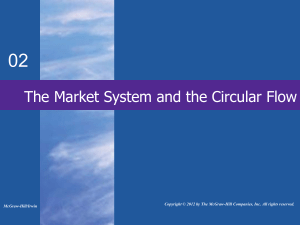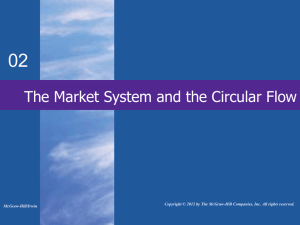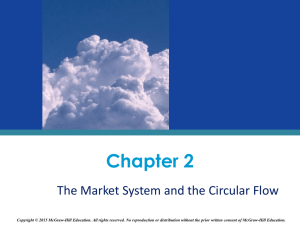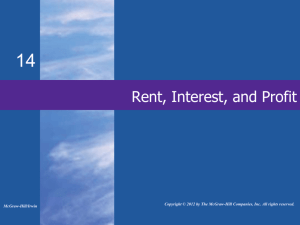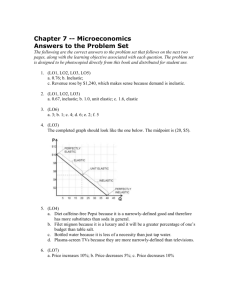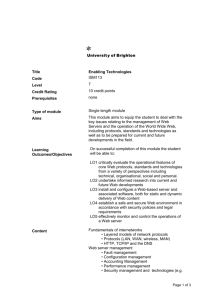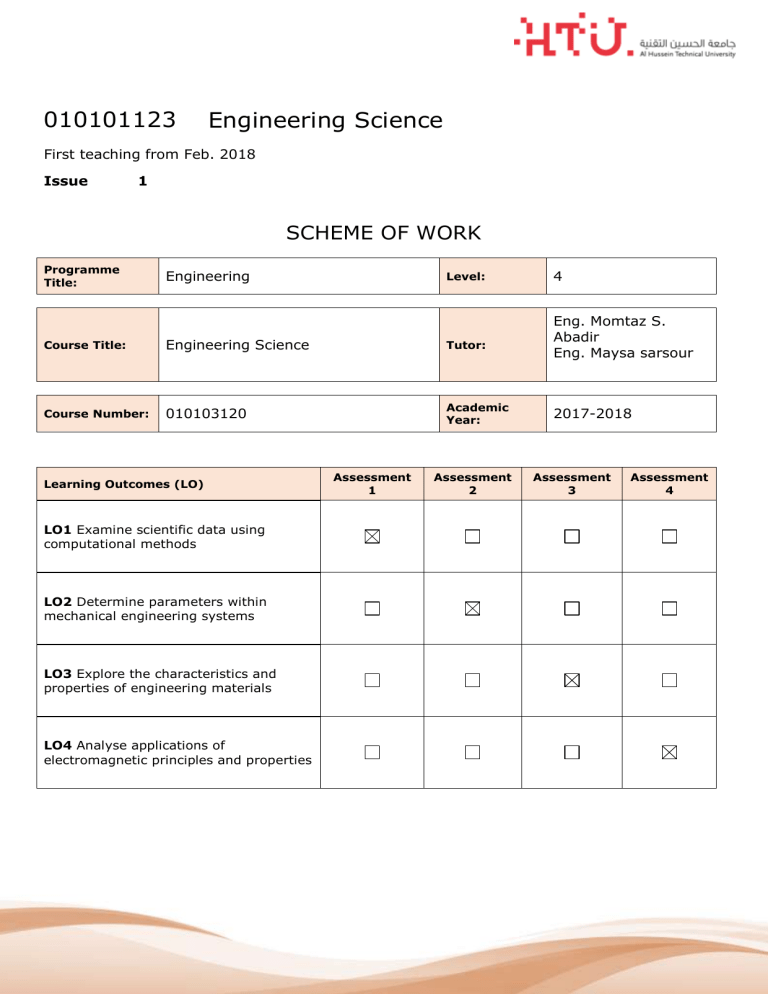
010101123 Engineering Science First teaching from Feb. 2018 Issue 1 SCHEME OF WORK Programme Title: Engineering Level: Course Title: Engineering Science Tutor: Course Number: 010103120 Academic Year: Learning Outcomes (LO) LO1 Examine scientific data using computational methods LO2 Determine parameters within mechanical engineering systems LO3 Explore the characteristics and properties of engineering materials LO4 Analyse applications of electromagnetic principles and properties Assessment 1 Assessment 2 4 Eng. Momtaz S. Abadir Eng. Maysa sarsour 2017-2018 Assessment 3 Assessment 4 Sessions Learning Outcome(s) Session Activities Topic: International system of units Introduction to the unit’s content, an overview of assessment within the unit and the relevance of the topic within engineering The remainder will introduce the international system of units and notation, and overview the use of dimensions to confirm SI units Sample activities: Session 1 LO1 SI base units, SI derived units, and SI units with special names (Newton, Joule, etc.). SI prefixes and engineering notation. Using dimensions to check consistency of units. Topic: The scientific method Beginning with an introduction to the topic by the tutor, the students will then be placed in small groups to research case studies of the scientific method. Sample activities: Scientific inquiry and the formulation of hypotheses. Reasoning and experimentation. Evaluation and improvement. Topic: Data Session 2 LO1 Explanation of data and appropriate data representation using graphs. Students will then explore an appropriate software package to learn how to create graphs of varying complexity. Sample activities: Quantitative and qualitative data. Representing data graphically. Constructing graphs electronically using appropriate software. Topic: D.C. Theory Session 3 LO4 Introducing the basics of direct current and Ohm’s law, supported by examples of application of theory. Sample activities: Circuit diagram representations. Overview of D.C. principles. Using Ohm’s law for parallel and series resistance. Topic: Kirchhoff’s laws Session 4 LO4 Focussing on complex circuits where Kirchoff’s laws are needed to obtain circuit equations to find voltages or currents. Sample activities: Kirchoff’s voltage law. Kirchoff’s current law. Applications in electric networks. 3 Sessions Learning Outcome(s) Session Activities Topic: A.C. theory Extending on from D.C. theory to show concepts in A.C. circuits when voltage can switch polarity or current switches direction, and how power is generated from an A.C. current. Sample activities: Direct vs. alternating current. AC power generation. Introduction to transformers. Topic: A.C. circuit waveforms Session 5 LO4 Understanding principles of A.C. waveform characteristics (e.g. frequency, amplitude and period), before analysing electromechanical alternator outputs in the form of sine waves. Sample activities: Sinusoidal and non-sinusoidal waveforms. Frequency and harmonics. Reactance and impedance. Topic: Three - phase AC circuit Three-phase Y Configurations. Three-phase Delta Configurations. Power Calculations in Three-Phase Circuits. Topic: RLC circuits Session 6 LO4 Examining combinations of resistors (R), inductors (L), and capacitors (C) within circuits, and the concepts that arise from these. Sample activities: Pure R, L and C components. RC circuits and transients. RL circuits and transients 4 Sessions Learning Outcome(s) Session Activities Topic: Magnetism Explaining the relationship between magnetic fields, magnetic moments and electric currents, along with key principles of magnetism. Sample activities: Session 7 Magnetic field patterns, e.g. flux, magnetomotive force. Magnetic reluctance. Magnetic screening. LO4 Topic: Electromagnetic induction Understanding how an electromotive force is produced across a conductor when exposed to time-varying magnetic fields, along with case studies of application. Sample activities: Induced electromotive force. Faraday’s law and Lenz’s Law. Applications in generators and motors. Topic: Free body diagrams Session 8 LO2 Aiming to ensure students are aware of free body diagrams and their usefulness in problem-solving. The topic introduces standard notation for diagrams, and will include a variety of problems for analysis using diagrams. Sample activities: Representing mechanical problems with diagrams. Standard features and notation included within a free body diagram. Analysis of problems using simplified diagrams. Topic: Supporting a load Session 9 LO2 Students will learn how to calculate forces acting on a support when there is an off-centre or combined load acting on a beam. Sample activities: Loading and the effects of point and uniform loading on a beam. Introducing the theory of moments of force. Calculating reaction force to support various loading. Topic: Motion Session 10 LO2 Deriving the standard equations of motion that are used frequently within engineering theory, and also using the equations practically within realistic scenarios. Sample activities: Solving problems from distance/time and velocity/time graphs. Deriving standard formulae for motion. Newton’s Laws of motion and D’Alembert’s principle. 5 Sessions Learning Outcome(s) Session Activities Topic: Angular motion Describing angular motion, deriving and using of the equations angular motion and its relationship with linear motion of point on circumference of rotating object. Introduction to the concept of torque. Introduction to gears, gears types and their mechanical applications. Sample activities: Session 11 LO2 Basics terms. Equation of angular motion. Simple pendulum. Relationship between angular and linear motion. Torque. Resonance and applied resonance estimation method. Gears meshing and involute profile, gears details and properties Calculate the gear module and design gears box to convert speeds and torques. Topic: Energy Session 12 LO2 Exploring the concepts of work and energy and the means in which energy is transferred, leading to the theory of energy conservation. Sample activities: Define terminology involving work, energy and conservation. Understand various types of energy and the process of energy transfer. Solve problems involving energy interchange. Topic: Hydrostatics Session 13 LO2 Beginning with an introduction to fluid properties, this lesson will explain the relationship between force and pressure, describe Pascal’s law concerning static fluids, and explore examples using Archimedes’ principle. Sample activities: Introducing properties of real and ideal fluids. Pascal’s law and hydrostatic pressure. Archimedes’ principle for buoyancy. Topic: Continuity of volume and mass in a fluid Session 14 LO2 Specifying additional properties of moving fluids, the law of conservation of mass will be introduced along with practical applications of theory. Sample activities: Properties of a flowing fluid. Mass and volume continuity. Practical uses of flow rate continuity. 6 Sessions Learning Outcome(s) Session Activities Topic: Thermodynamic systems Session 15 LO2 Introducing some key concepts of thermodynamics and the first law of thermodynamics with contextualised examples of turbines and compressors. Sample activities: Definition of heat and work transfer and the first law of thermodynamics. Non-flow and steady-flow systems. Gas compressors and turbines. Topic: Heat engines Session 16 LO2 Exploring the transfer of heat energy to mechanical energy for the purpose of producing work, the second law of thermodynamics will also be discussed along with the efficiency of a thermodynamic cycle. Sample activities: Heat engines theory and practical application. Second law of thermodynamics and entropy. The Carnot principle, Carnot cycle and efficiency. Topic: Structure of materials Session 17 LO3 Introducing the topic of material science and the classification of materials due to their fundamental structures. There is opportunity for case studies into recent developments within the field, and the possibilities of new applications. Sample activities: Atomic structure and bonding. Classification of engineering materials. Current advancements in modern material science. Topic: Mechanical properties of materials Session 18 LO3 A look at the properties that is inherent in materials when reacting to physical forces. Students will analyse a variety of examples to explore the principles in depth. Sample activities: Hardness and toughness in materials. The concept of stress and strain. Hooke’s Law and elastic moduli. Topic: Electromagnetic properties of materials Session 19 LO3 Continuing the topic of material properties with electromagnetic properties. The lesson will also discuss the wide variety of applications and the reasoning behind specific material selection. Sample activities: Electrical conductors and dielectrics. Diamagnetic and paramagnetic materials. Ferromagnetic materials. 7 Sessions Learning Outcome(s) Session Activities Topic: Material testing Session 20 LO3 An opportunity for students to work in small groups towards the identification of materials through test procedures. The methods of testing that are used will be dependent upon the equipment available. Sample activities: Introduction to test procedures. Practical example of destructive and non-destructive testing. Topic: Degradation of materials Session 21 LO3 Exploring the types of degradation in metals and non-metals, specifically that which leads to component weakening and can cause component failure. Sample activities: Stress corrosion, cracking and fatigue. Oxidation of metals. Degradation of polymers and coatings. Topic: Oscillations Introduction to periodic motion of oscillating bodies Sample activities: Session 22 LO2 Simple harmonic motion. Mass on a spring. Simple pendulum. Energy of SHM. Damped oscillatory motion. Resonance and applied resonance estimation method. 8
